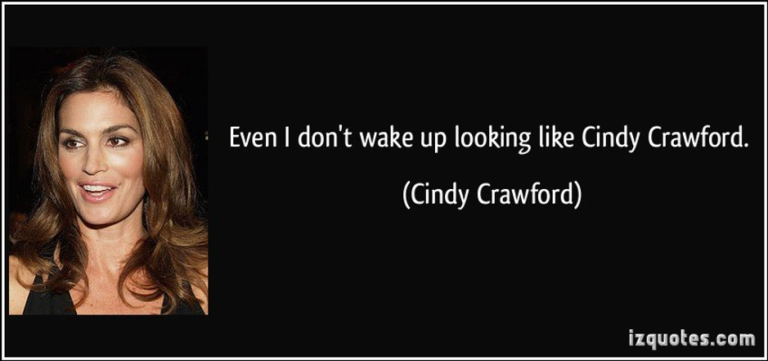
Retouching Photos – The New Rules
As a photographer, editing software comprises a significant and essential component of my toolkit, and my iMac is my digital darkroom. My view on editing of portraits, and images more generally is similar to many other photographers – the role of the software is to help us achieve an aesthetic or artistic goal.
Our digital darkroom helps us ensure that the image is how we have pre-visualised it and that the end result is the best that it can be. This is in essence no different to portrait painters in the pre-photography age – images have always been adjusted and edited to fit the brief and the desired outcome.
With the increasingly widespread knowledge of basic photo editing – not to mention smartphones with their impressive cameras and apps like Adobe Lightroom Mobile – there is also a more widespread understanding that the vast majority of images we see around us have been edited.
Is ‘No Retouching’ the Answer?
As a response to this, there is something of a movement towards ‘No Photoshop’ on images to ensure that they are authentic. However what people are actually pushing back against is Retouching, or ‘Airbrushing’ – of the sort that goes far beyond removing temporary blemishes or skin tone variations.
One of the current leading figures of the campaign for no retouching is British actor and campaigner Jameela Jamil. Jamil has blazed a trail for unapologetic feminism, inclusivity and body positivity in recent years with her @i_weigh Instagram campaign. Given the emphasis on ‘perfection’ in marketing and media images, the way in which Jamil is happy to speak out on this issue takes courage.

But celebrities speaking out about excessive retouching is not a new thing. Kate Winslet was outspoken in her requirement to have no airbrushing and pre-approval of images prior to publication after her ‘overly slimmed’ GQ cover in 2003. There was widespread condemnation of the Ralph Lauren ‘super slim’ campaign in 2009. And in 2011, British MP Jo Swinson ordered Lancôme to remove billboards in London that featured noticeably airbrushed models, saying that the images were “not representative of the results the products could achieve”.
A concern about overuse of image editing to achieve ‘hyper-real’ or just simply unrealistic results is clearly not a radical viewpoint. But editing software exists for a reason, much as cosmetics do. Because everyone wants to look their best – especially on the Internet, where images and words are eternal.
Where is the line as a photographic subject?
Fundamentally, the line between acceptable and excessive retouching must be a personal one.
In professional portraiture, it will be determined by the aesthetic of the photographer, the requests of the person being photographed and the desired outcome for the image. It must be a collaboration conducted with respect and open communication.
But what about as an image consumer?
Food products are labelled with their indicative tastes and an ingredients list that helps us to judge our consumption.
Images in the mass media, advertising and social media don’t have these types of labels. It is up to us as ‘image consumers’ to be aware and informed … but when retouched and airbrushed images of ‘perfection’ are surrounding us 24/7 it can be a challenge to even the most mentally resilient among us.
What can we do about it?
As a parent to two pre-teens as well as a photographer, my approach has been twofold from the time that my children were very young. I have always been open with them about image editing and processing – what needs to be done to an image vs. what can be done to an image.

My view is that to effectively protect them against the bombardment of ‘perfection’ they are surrounded by, young people need to be educated in all the ways in which a final image can be achieved. Because just as cosmetics can significantly alter someone’s appearance, so can editing software dramatically alter an image.

Written exclusively for WELL, Magazine Asia by Marion Wotton
Thank you for reading this article from WELL, Magazine Asia. #LifeUnfiltered.
Connect with us on social for daily news, competitions, and more.






